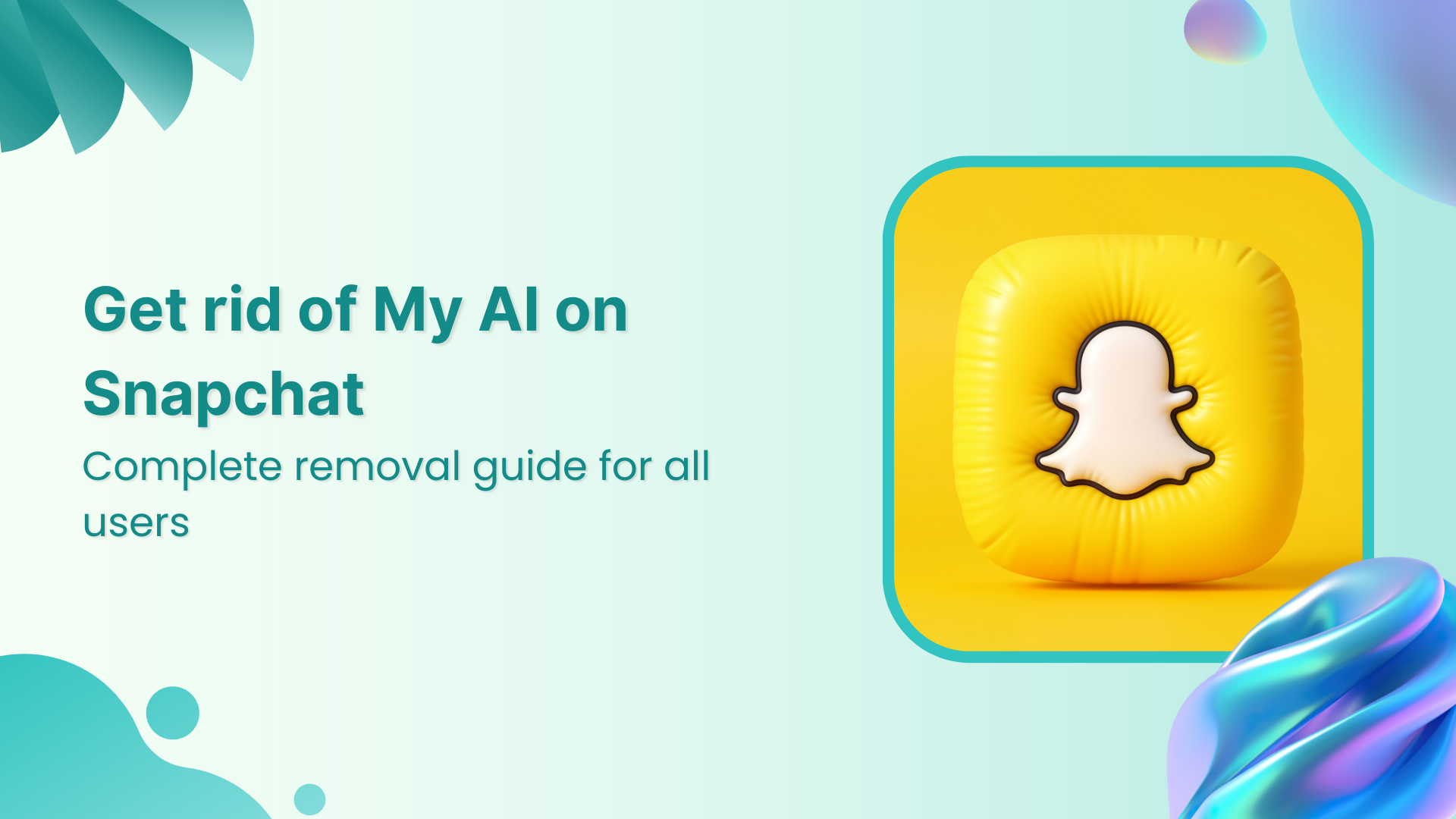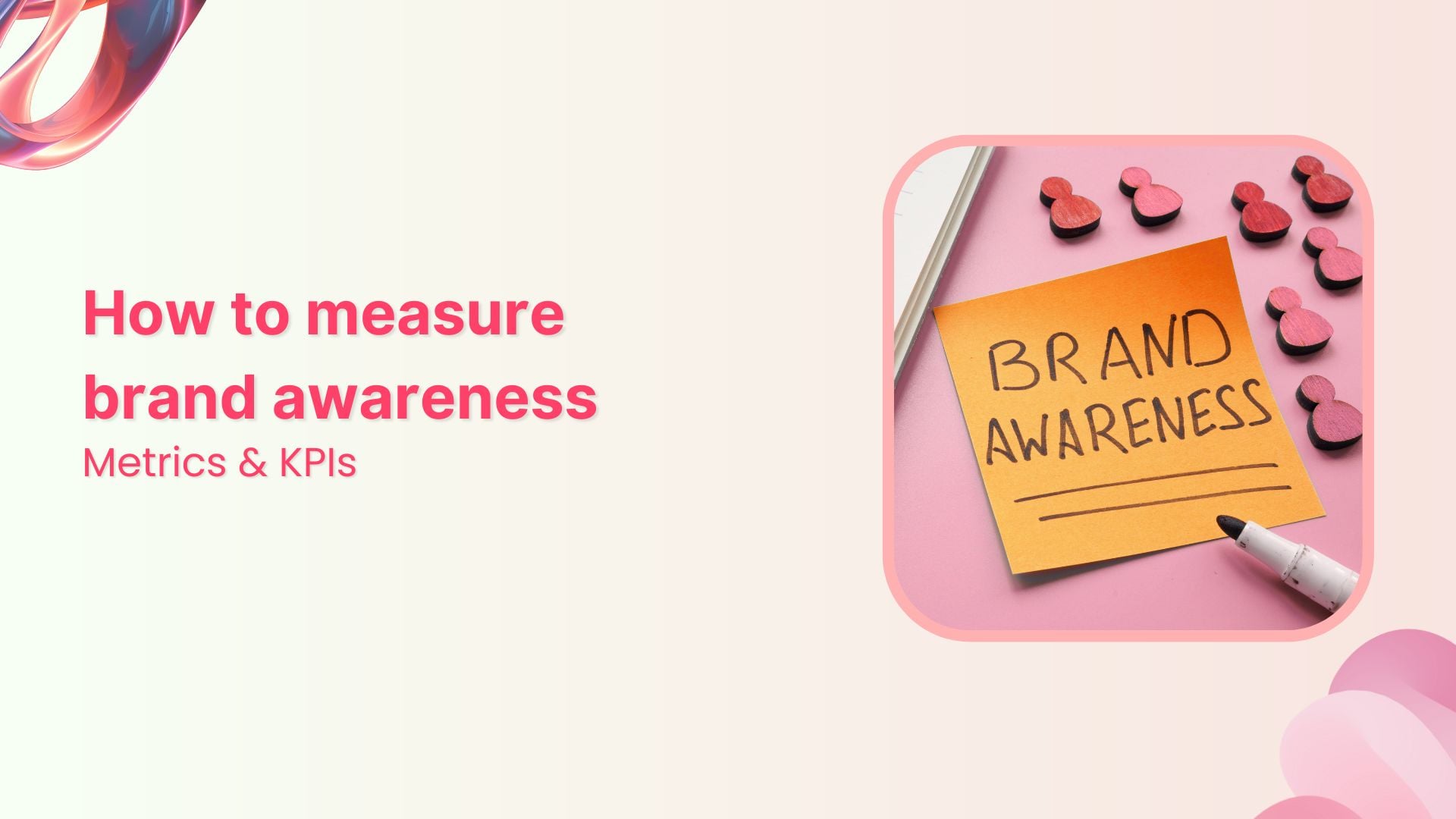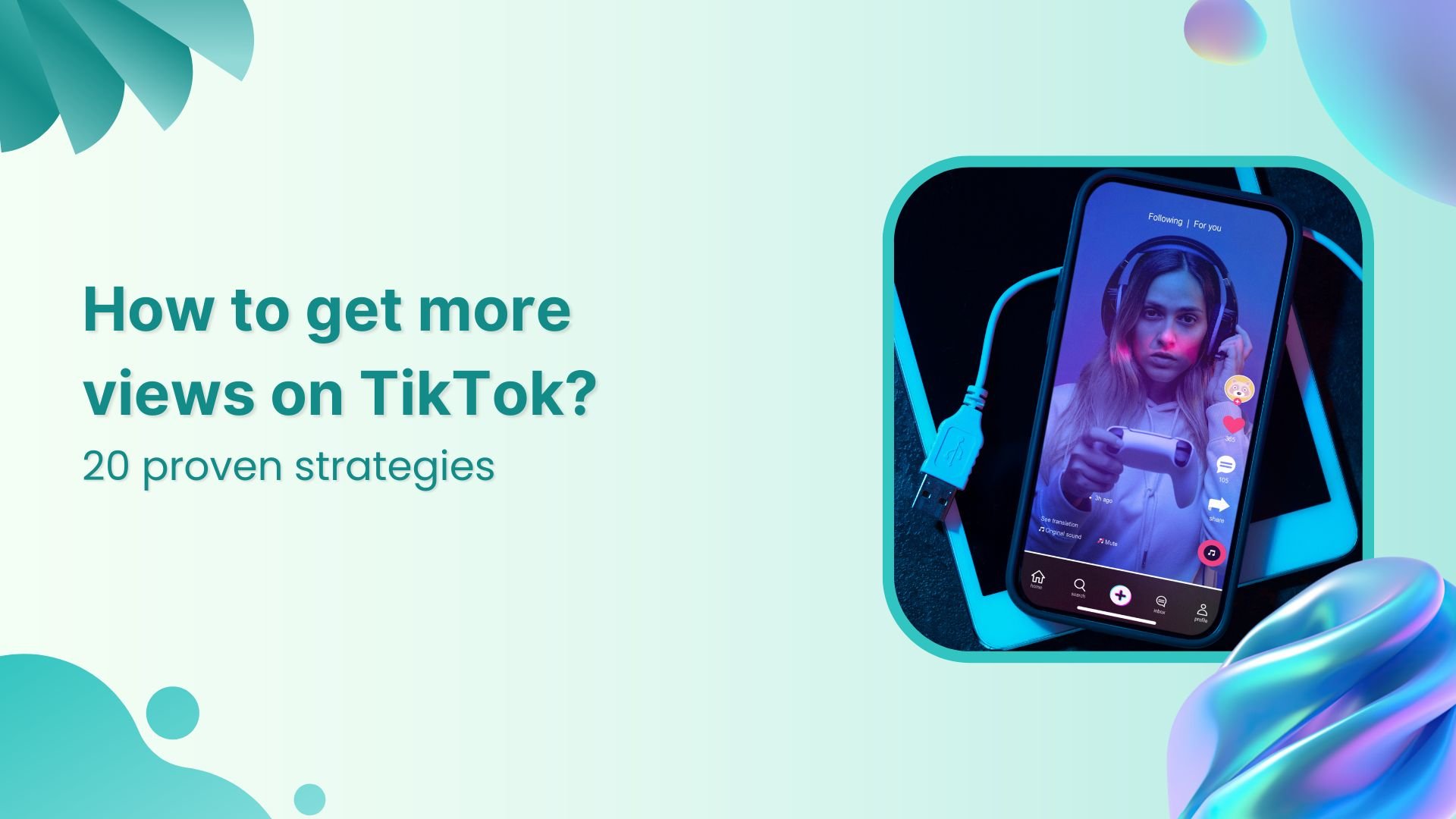Bulk-generate & schedule posts in seconds with Smart Scheduling. Try now!
Micro influencer marketing: A guide to grow your business with it
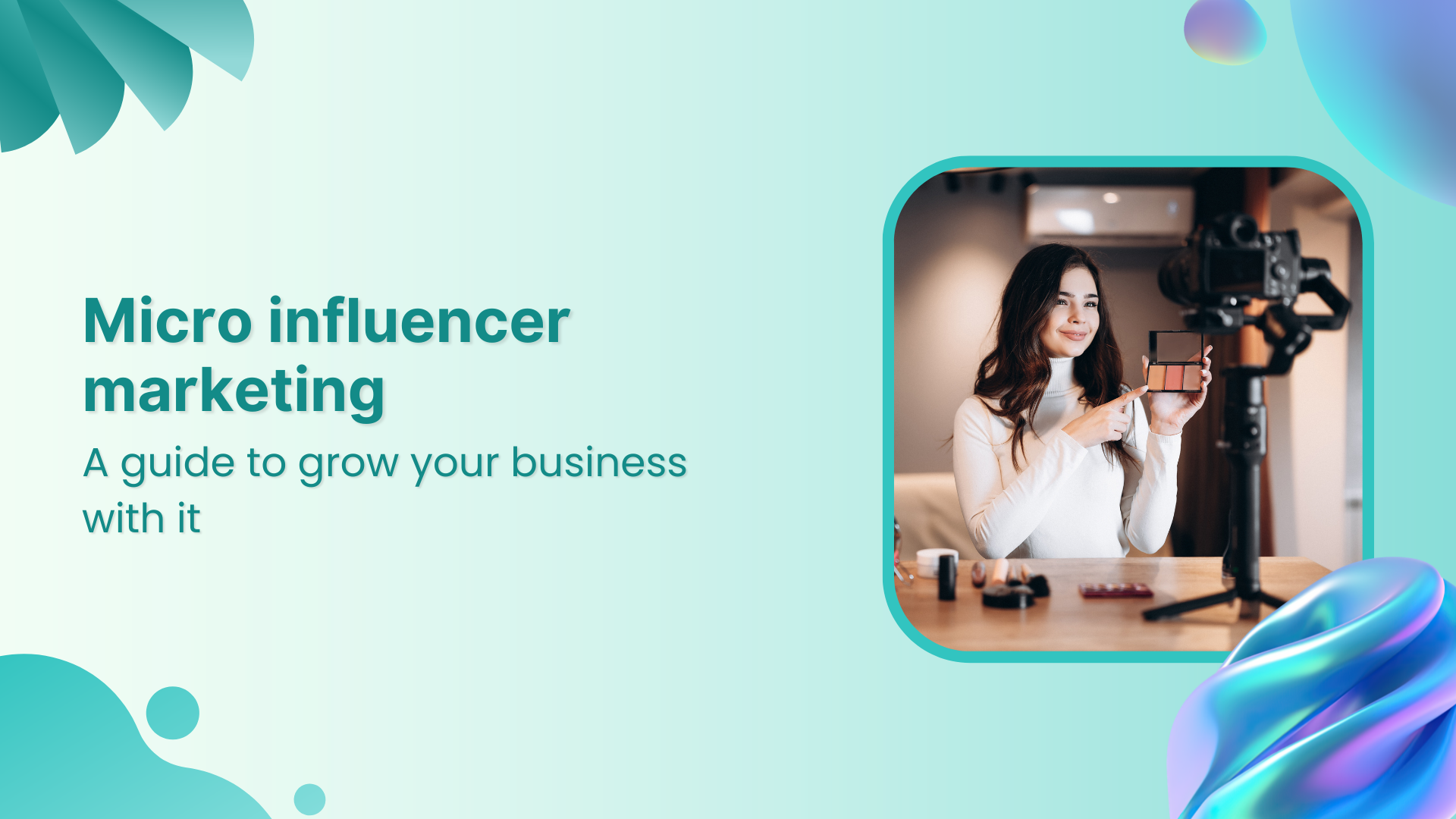
Micro influencer marketing is a highly effective strategy for meeting business goals, both for new businesses and ones with solid foundations.
For smaller businesses, micro influencers can prove to be godsends as they don’t charge as heavily as influencers, have a huge following, and bring booming results. On the other hand, business giants can also benefit from micro influencers thanks to niche influencers’ high engagement rates.
But wait, what are micro influencers?
In this blog post, we’ll answer that for you, sharing everything you need about micro influencers. We’ll cover what a micro influencer is, list reasons to team up with them and dive into how to find the right micro influencers for your brand.
Related Read: How to become a social media influencer in 2025
Simplified social media marketing for individuals & agencies.
Try ContentStudio for FREE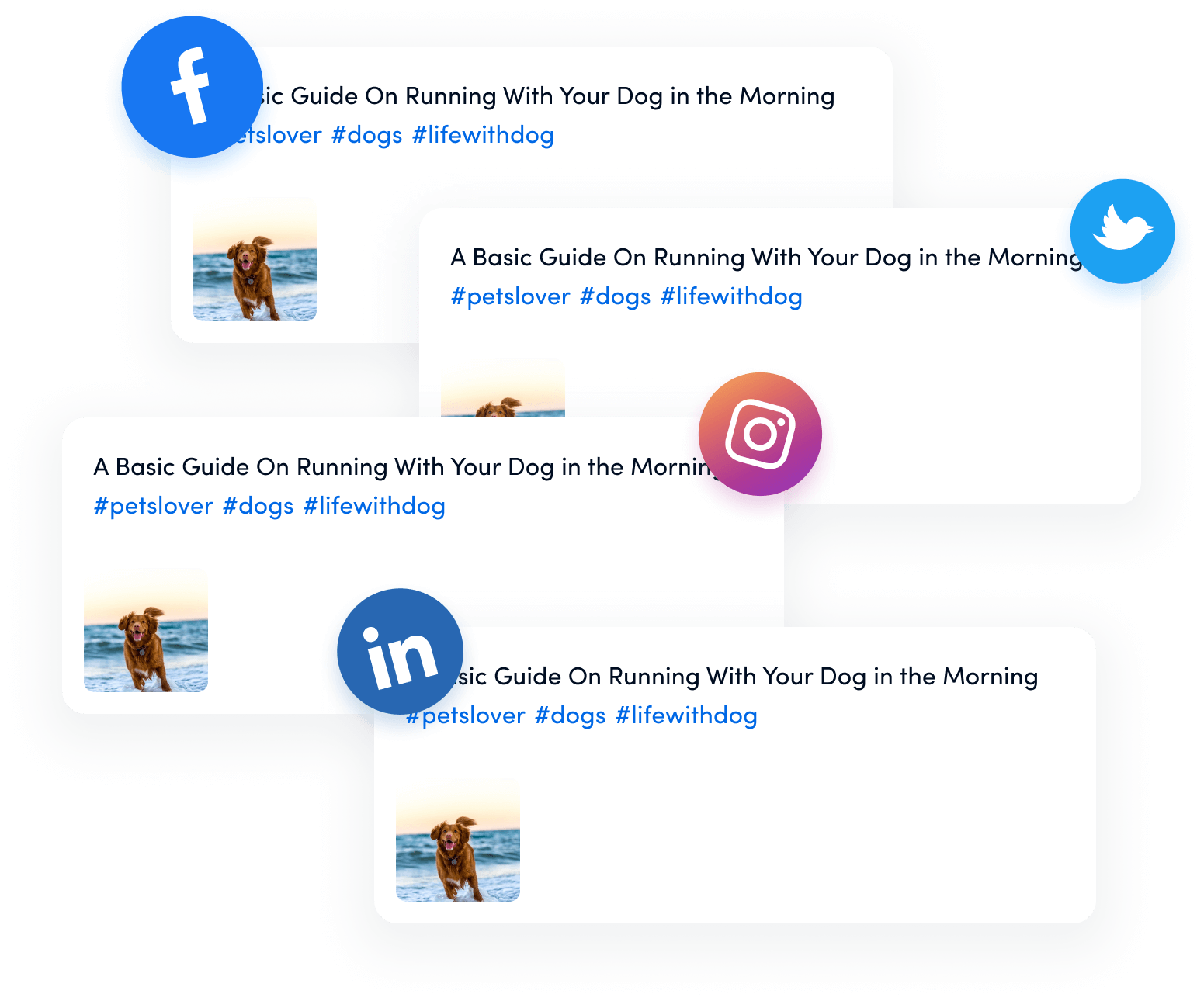
What is a micro influencer?
Micro influencers are social media users with a smaller but highly engaged following, typically between 10,000 and 100,000 followers. Unlike celebrity influencers or macro-influencers with massive audiences, micro-influencers often focus on a specific niche, such as fitness, fashion, parenting, tech, or travel. Their content feels more personal and authentic, making them relatable to their followers.
What sets micro-influencers apart is the level of trust they’ve built with their audience. Their recommendations come across as genuine rather than promotional, often leading to higher engagement rates and better conversion for social media brand partnerships. Micro-influencers offer a powerful mix of affordability, authenticity, and impact for brands looking to reach a targeted audience on a budget.
According to a recent HubSpot report in 2024, marketers reported leveraging and benefiting from small-scale influencers, influencers with fewer than 100,000 followers.
Take, for example, Geena Kashif, a modest fashion and makeup influencer on Instagram. As you can see, she boasts a following of 78.4K followers. Partnering with her gives businesses a platform to showcase their products and services to thousands of people.
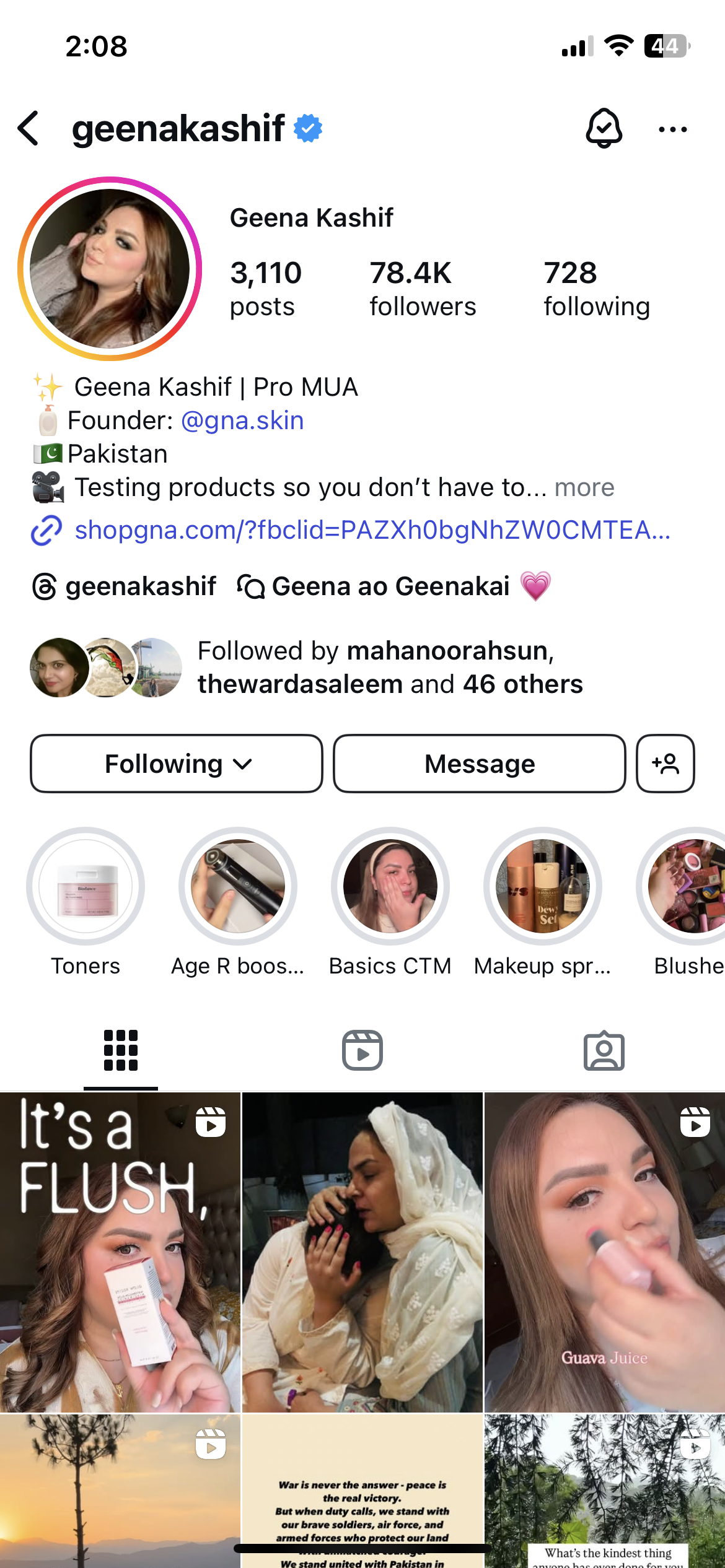
Read Up: A must-read hashtag guide for Instagram influencers
How much do micro influencers make?
Because influencer marketing is still a relatively young industry, no standard pricing model applies to all companies.
As a result, micro influencers earnings can vary widely depending on their niche, engagement rate, platform, and type of collaboration. On average, many marketers stick to a $250-$450 per 10K followers rule as a starter price.
The bottom line? Micro influencers may not have celebrity-sized followings, but their work still deserves fair compensation.
A good starting point is the general rule of $250–$450 per 10,000 followers. From there, adjust based on other factors like the number of deliverables, content type, and overall scope of the collaboration.
P.S. Create your influencer media kit with ease: Step-by-step guide
What are the benefits of working with micro influencers?
If you’re not seasoned in influencer marketing, you might be wondering why you should shake hands with a micro influencer, to begin with. In fact, if you have the budget to work with a celebrity, why should micro influencers even concern you no?
Truth is, there’s more to influencer marketing than just the number of followers an account has. What your business needs is an influencer with strong connections.
This is where micro influencers come into the picture. Micro influencers may not have the same fame as celebrities or macro influencers, but you should consider them.
Let’s have a quick look at the top 6 reasons micro influencers are worth working with:
1. Higher ROI
Micro influencers cost much less than bigger influencers.
Where a micro influencer would charge between $500 to $1000 for a single post on average, a macro influencer would charge more than $5000.
So, for businesses with a tighter budget, micro influencers can be a great way to enjoy the perks of influencer marketing without having to pay an arm and a leg.
The best part? Having a much higher return on investment which makes micro influencer marketing truly worthwhile.
Brands get to reach a new audience, advertise, and make conversions at a much lower cost than other forms of marketing.
2. Better engagement rate
Macro influencers may have a wider reach, but micro influencers steal the show regarding engagement rates.
How is this possible? Simple: A limited following allows micro influencers to better engage with their audience in comments and DMs.
Micro influencers have a close-knit community that trusts them. This element of trust is what brands can leverage by working with micro content creators.
In other words, when a micro influencer shares your brand or product, followers consider their opinion gold and respond better.
Also Read: 15 tips to grow your Instagram engagement rate
3. More targeted audience
Yet another perk of partnering up with a micro influencer is their targeted audience. Micro influencers tend to have a more specific niche. For instance, instead of a makeup influencer, you might be able to find a goth makeup influencer.
This specificity attracts a specific niche-focused audience. In other words, micro influencers are more relatable for their followers, making their opinions more influential on their audience.
This can be quite helpful for businesses that want to connect to a particular audience.
Related Read: 15 strategies to identify and engage your social media target audience
4. Creative and authentic content creation
Micro influencers deeply understand their audience, making them uniquely equipped to create content that truly connects. Instead of dictating every detail, brands should trust them to lead with their creativity and authentic voice.
This lightens the load for marketing teams and results in content that feels more real, relatable, and trustworthy. The outcome? A partnership that benefits both the brand and the audience.
Explore: 20+ best content creation tools for creators in 2025
5. Lower risk of an influencer-fatigued audience
While influencer marketing is all the rage these days, people are also fed up with seeing influencers posting sponsored ads. In fact, this ‘influencer fatigue’ is making celebrity influencers appear untrustworthy to their audience.
However, while celebrities have many brand partnerships and post a lot of sponsored content monthly, this is not the case with micro influencers.
In a nutshell, a micro influencer’s audience is less likely to roll their eyes when they post an ad and more likely to find the most authentic. This substantially increases the chances of conversions.
6. Willingness to partner with newbie businesses
Since micro influencers are still working on growing their following and getting into the influencer business, they’re more flexible.
An influencer with a huge following will likely decline offers from smaller or newer businesses. On the other hand, a micro influencer will welcome most offers.
Not to mention micro influencers are also more open to feedback. This makes working with them easier.
How to find the right micro influencers to grow your brand?
Finding the right micro influencers can supercharge your brand’s reach and credibility—if you know where and what to look for. But where and how should you start looking?
Below is a look at 6 super easy ways you can find micro influencers for your brand:
1. Check your existing followers
Some of your best micro influencer partners may already be following you! Scan your followers for users with 10K–100K followers who are already fans of your brand or have mentioned or followed you in the past. Collaborating with someone who genuinely knows and likes your product increases authenticity.
Below is such an example of a skincare micro influencer.
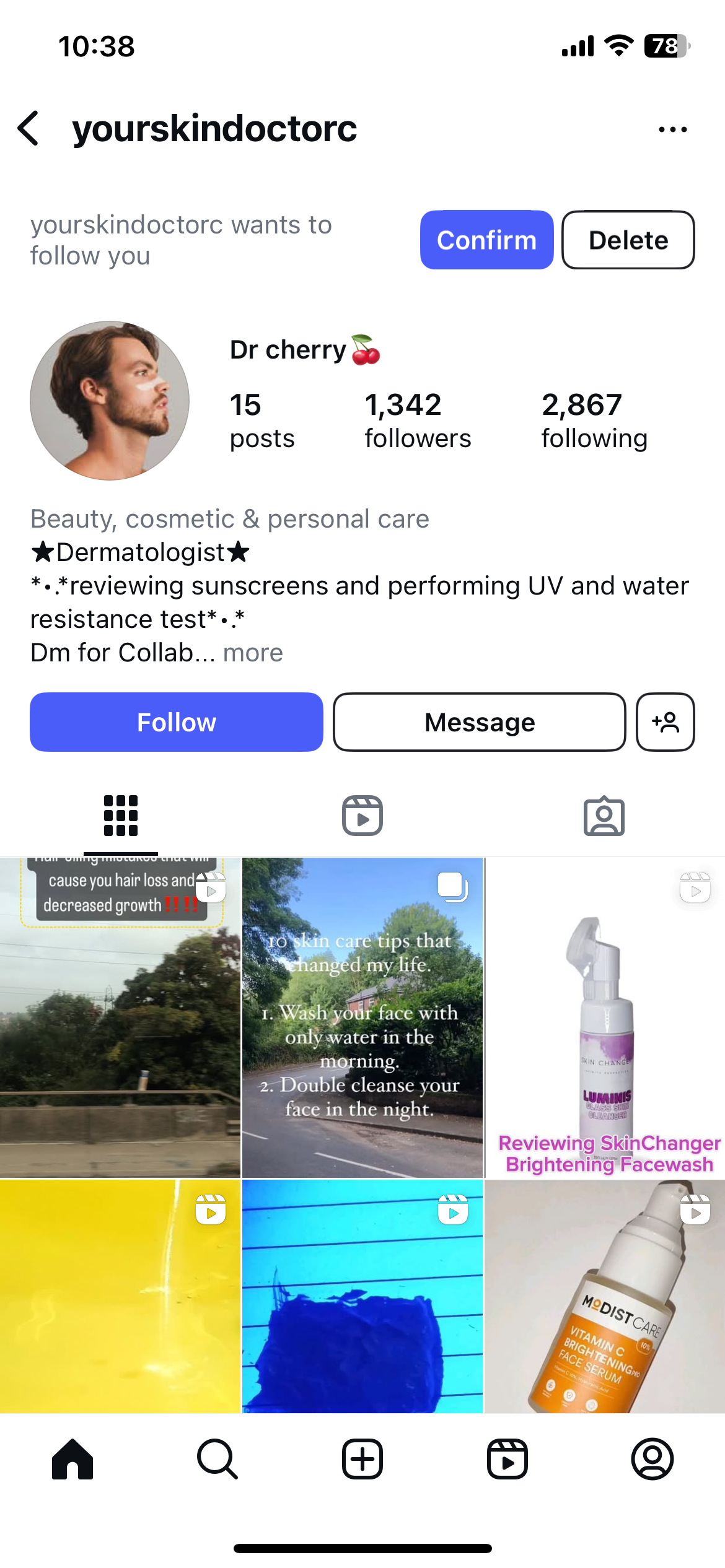
Often, micro influencers start following your brand themselves, providing you an opportunity to connect. Such an influencer is likely interested in your brand (hence, the follow), making them a good fit.
2. Use social media hashtag searches
If you don’t find any micro influencers in your following or comments section, search for relevant hashtags on the platform. You can find many influencers in the same niche as you post content using that hashtag.
For example, if you’re in the fashion business, you can search for #outfitoftheday on Instagram. This will pull up millions of results with many posts from fashion influencers. From these, you’ll easily be able to find a couple of micro influencers.
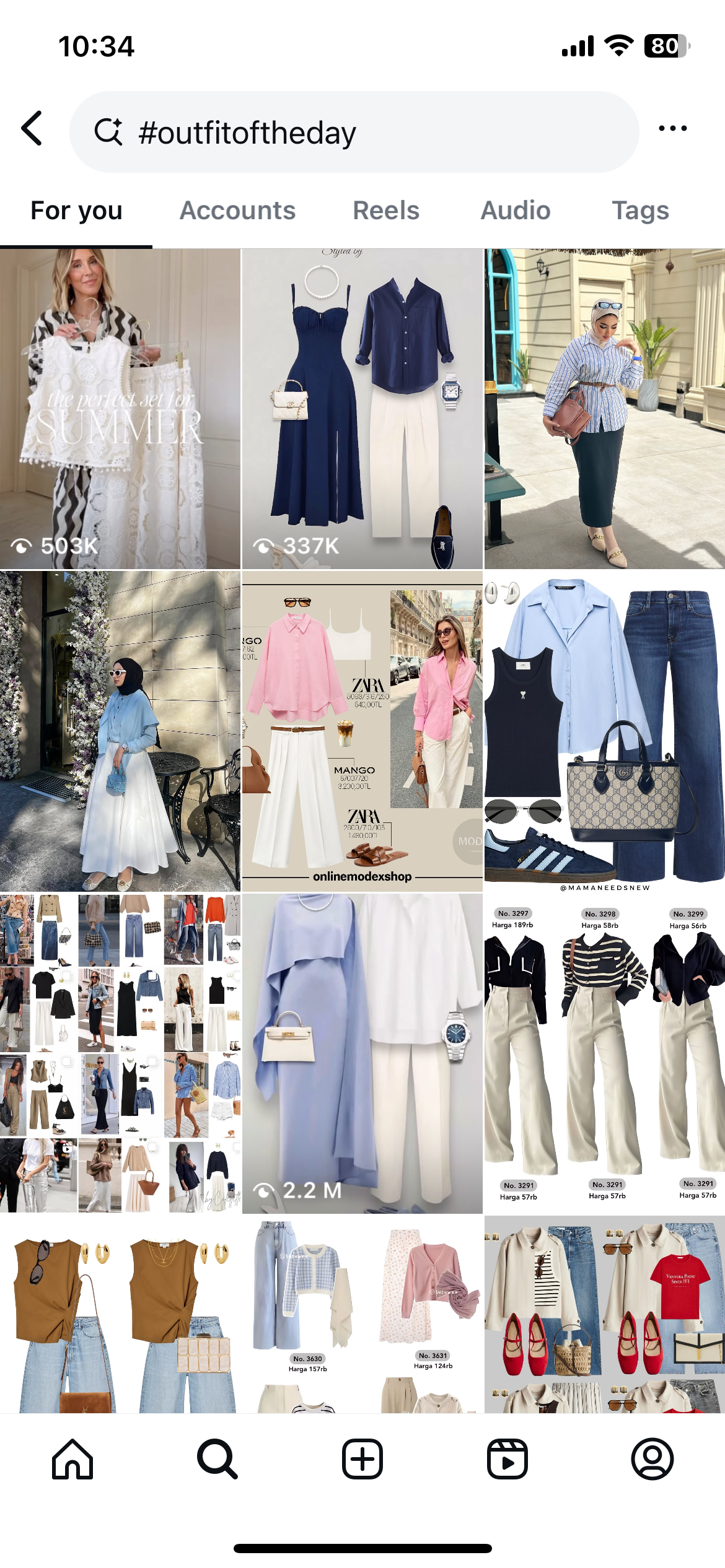
As you can spot from the example shared above, entering #outfitoftheday in the Instagram search bar brought up a fashion micro influencer among the top results.
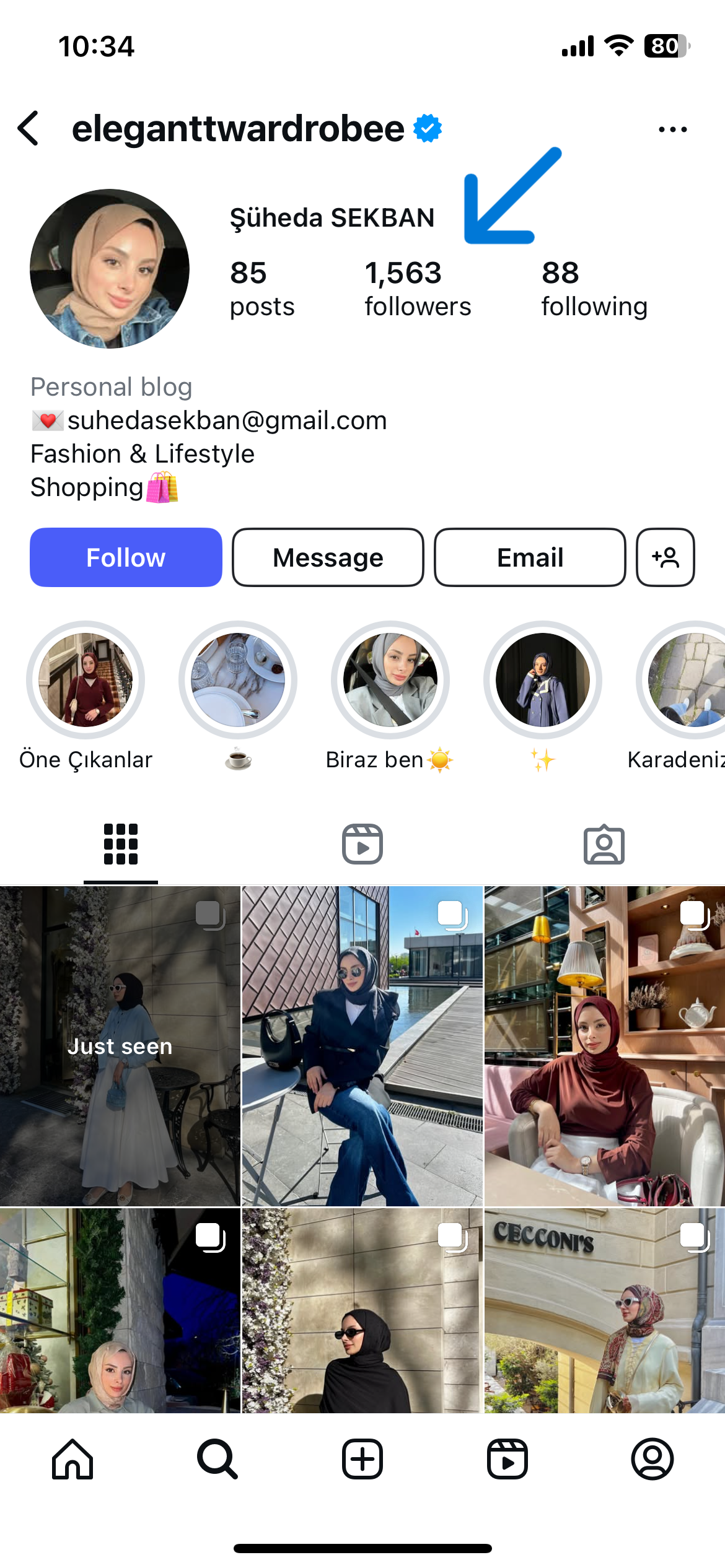
3. Peek at your competitors
Besides using hashtags, check out which influencers your competitors are working with. If you’re searching on Instagram, don’t forget to check the ‘Tagged’ category to see if any influencers have tagged your competitors.
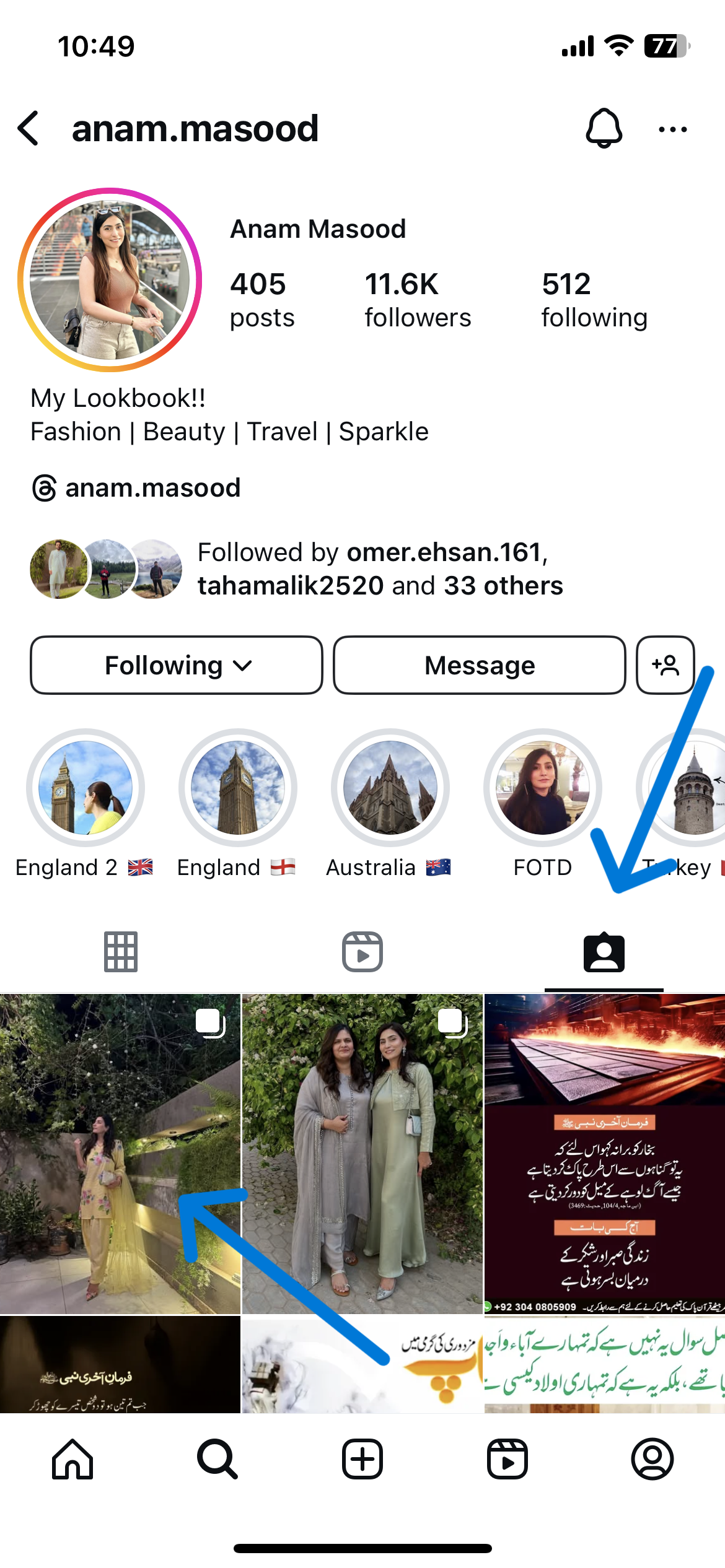
Once you find the content creators you’d like to work with, send them a direct message or an email putting forward your offer to start the conversation.
Bonus tip: Use a competitor analysis tool to monitor your competitors and improve your strategy.
4. Check your inbox
Many influencers may just drop you a message showing their interest in partnering with your business rather than giving you a follow. This is why checking your direct messages on all the social networks your business is active on is crucial.
Some influencers might also email you, so constantly check your mailbox for the address you have shared publicly. In fact, if you want influencers to reach out directly, you can also mention this on your social media or website.
Fashion brand Shein does this. Influencers can find a link to its SHEGLAM influencer program by clicking on ‘fashion blogger’ on its official website.
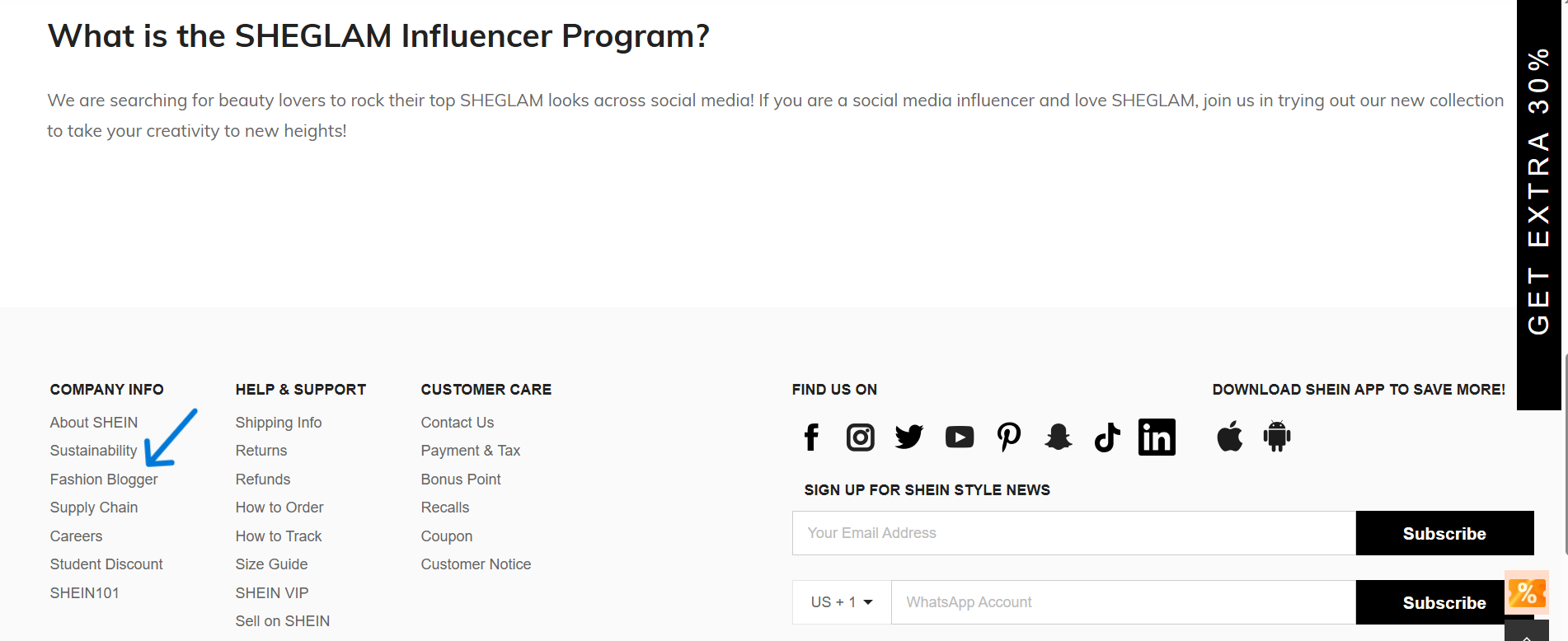
5. Explore influencer marketplaces
Platforms like Favikon, Upfluence, Heepsy, Aspire, and Influencity are designed to help brands discover and vet influencers based on filters like location, niche, engagement rate, and follower count. These tools streamline outreach and give you analytics to make smarter decisions.

Typically, you can find influencers through marketplaces by following these simple steps:
- Create a profile on any online marketplace, such as Favikon, Upfluence or Aspire
- Fill in details about your brand and campaign
- Mention what type of influencer you’re looking for. Include the engagement rate, followers, niche, etc. You may also give an example for clarity.
- With your details given, influencers on the marketplace reach out to you themselves
- Visit the influencer profiles of those who respond. See if they may be a good fit
- Start a conversation, and if things work out, provide a detailed brief to get started
6. Search online forums and groups
There are many online communities you can explore to find the best influencers. For instance, you could get into business or social media-specific groups on Facebook, such as Women in Marketing or Social Media Influencers. Or you could inquire on Quora or Reddit about influencers you could work with.
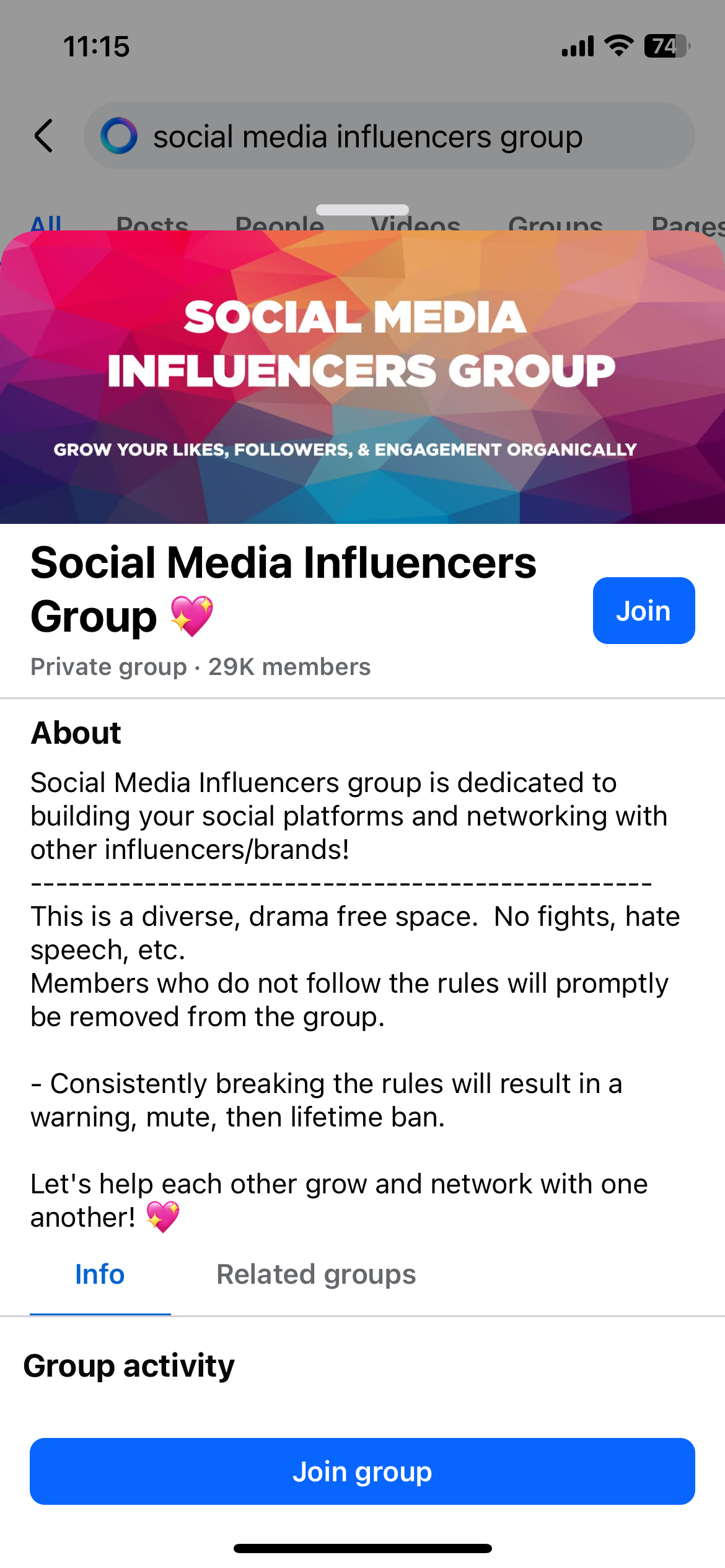
However, Facebook groups are the best place to find influencers among all online communities. You can simply enter your keywords in the search bar to find influencers or put up a status regarding the type of influencers you’re looking for.
Finding influencers this way can be time-efficient if you’re already a part of groups relevant to your industry. It’s also free, which makes it worth a shot.
Related Read: How to post in Facebook group as a brand?
Brands that work with micro influencers
With the effectiveness of a micro influencer marketing strategy, several brands have jumped on the bandwagon.
You can also learn from these 3 businesses that are rocking it when it comes to micro influencer marketing:
1. Ideal Of Sweden
Accessories brand Ideal of Sweden has partnered with several micro influencers, including @tessplk.
While Tess has only about 47.1K followers on Instagram, it’s clear from her profile that she has many brand collaborations.
Here’s a post she shared on the ‘gram, which also shares a discount code for those who want to order with Ideal of Sweden.
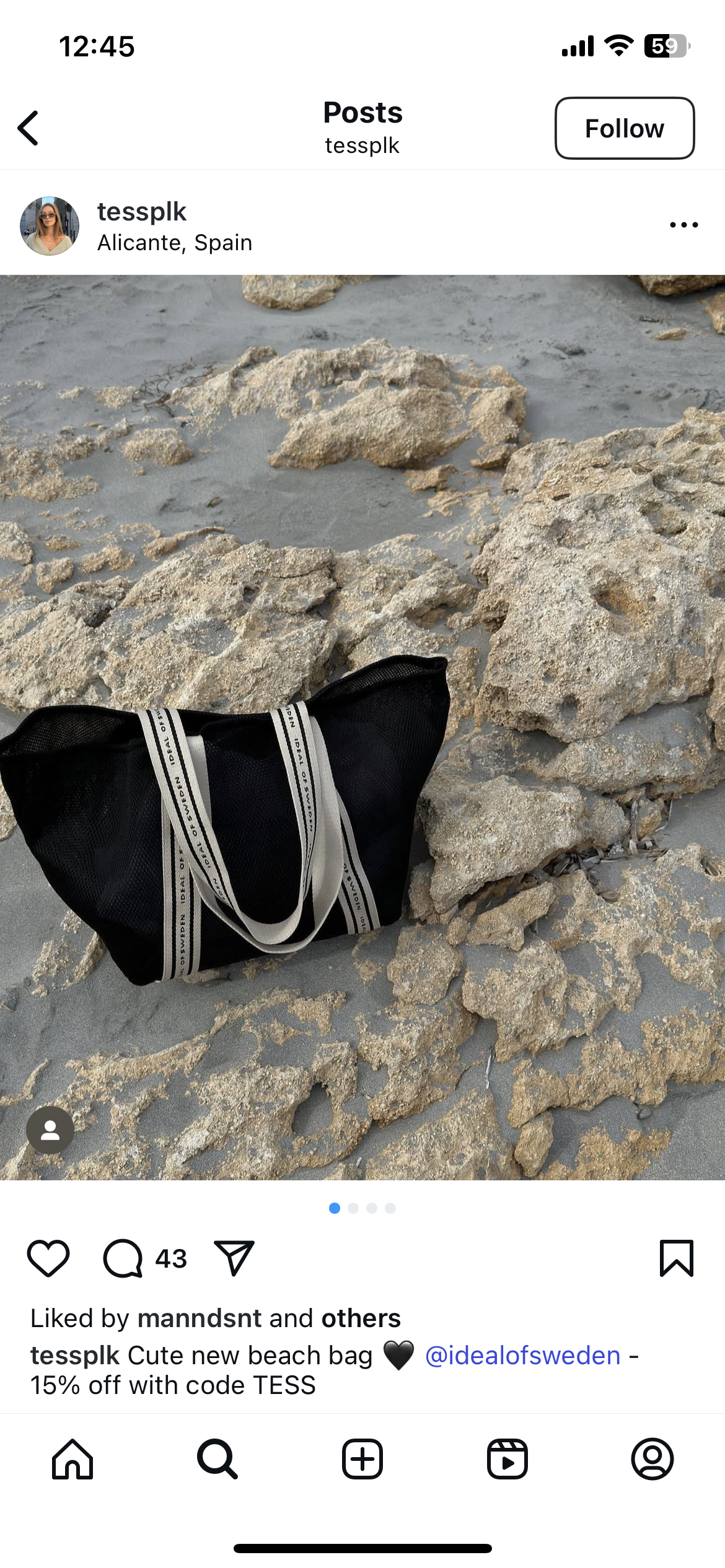
Since hers seems to be a long-term social media collaboration, she often shares sponsored content and tags the brand.
The takeaway? Don’t underestimate the power of influencers that don’t have millions of followers. Those with a few thousand followers bring in more loyal customers than bigger influencers with poor engagement.
2. Dunkin
It’s clear from Jeff Mindell’s Instagram collab post that Dunkin’ recognizes the worth of micro influencers. They partnered with Jeff, who has 56.2k followers, for a paid campaign.
As an official Dunkin partner, he regularly shares content for the donuts giant, and Dunkin also features and tags him on their account.
Take a look yourself:

3. Glossier
Glossier is yet another big name that works with micro influencers.
Alison Wang, a model and micro influencer with 2282 followers, had her post featured on Glossier’s official Instagram.
Here’s a glimpse:
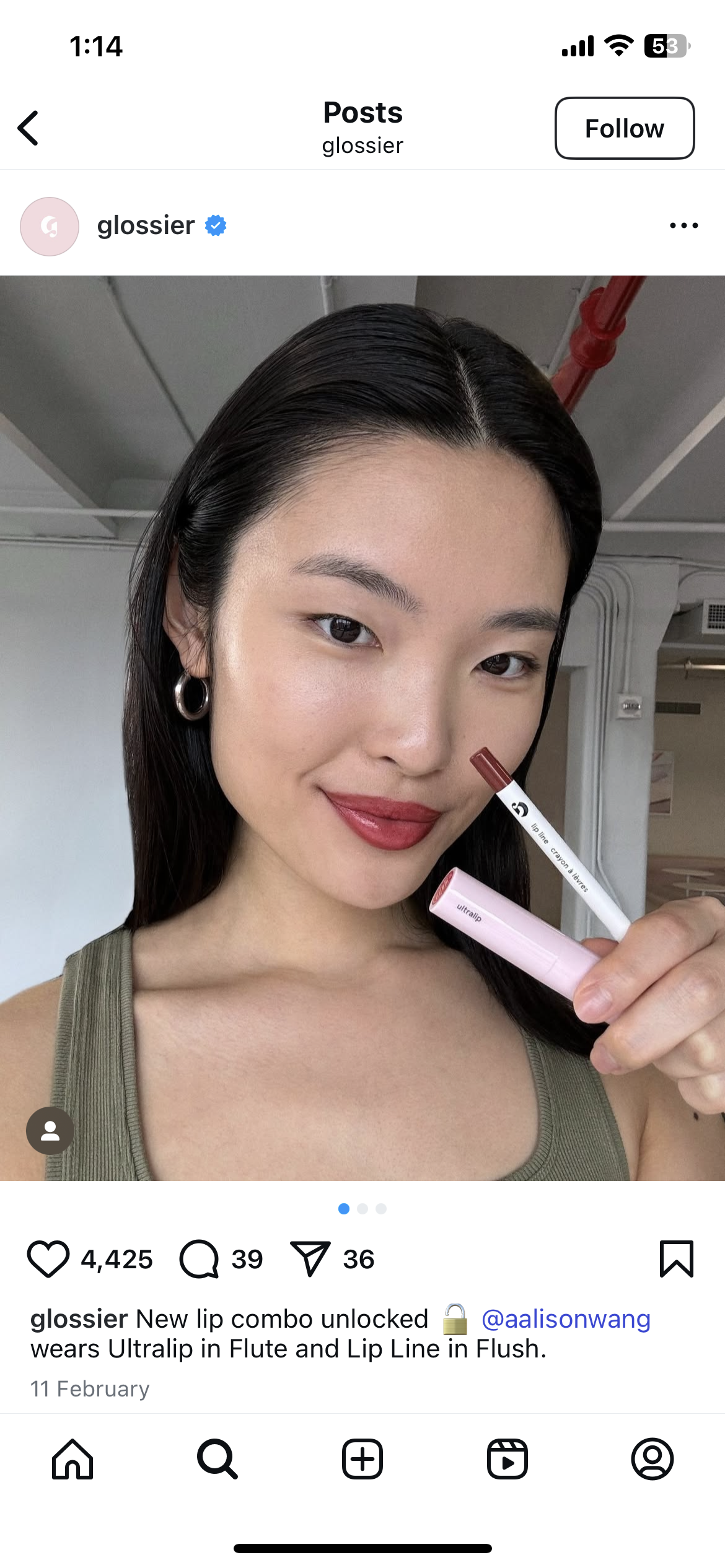
This way, it has benefited from authentic positive opinions and reaching out to its audience easily.
4. Prada Beauty
Karen Coleman, a micro influencer with 66.9k followers, had her post reshared on Prada Beauty’s official Instagram.
This clearly shows that Prada Beauty values micro influencers and officially partners with them. Have a look:
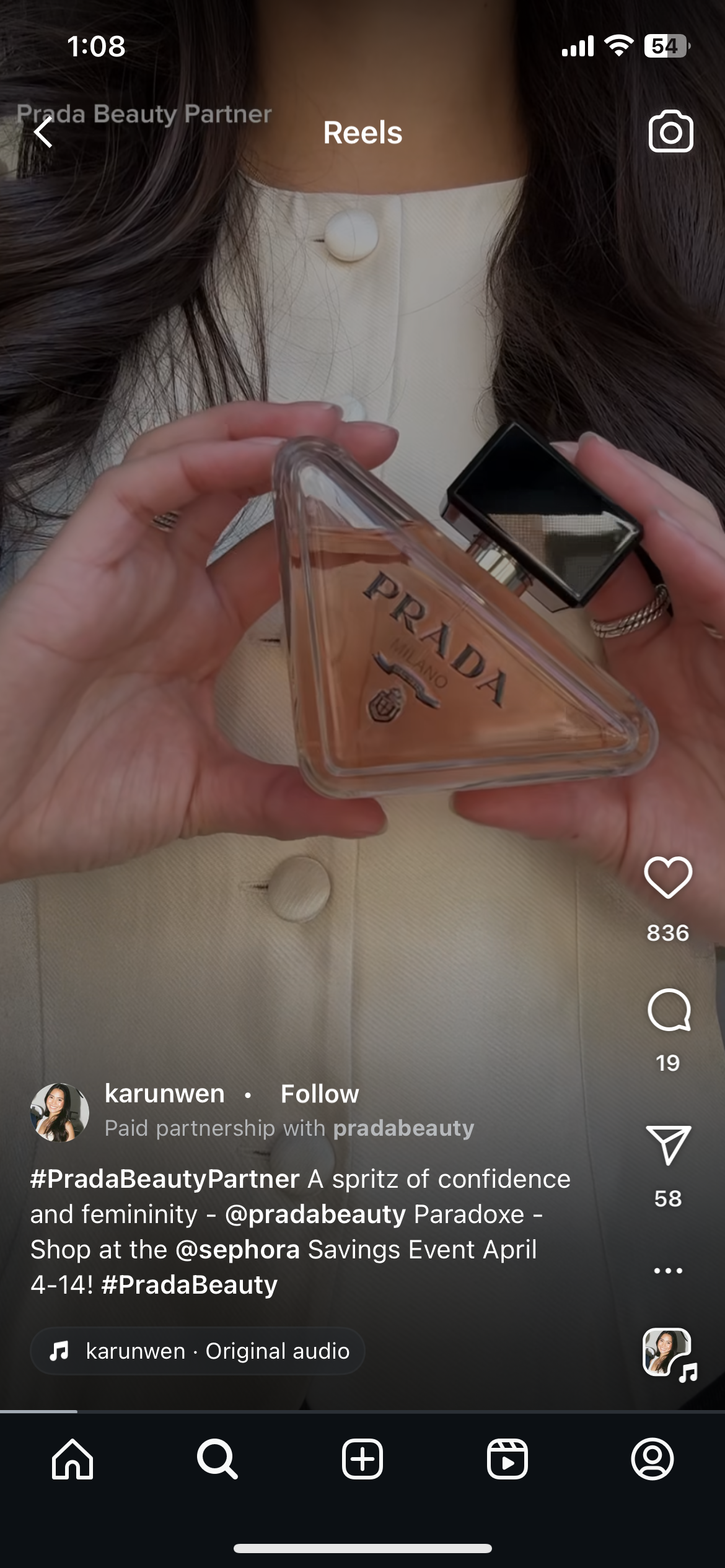
How to measure the impact of micro influencers
Working with micro influencers is just the start. Measuring their impact is what shows real value. Here are key metrics and methods to track their effectiveness:
- Engagement metrics
Look at likes, comments, shares, and saves on the influencer’s posts. A high engagement rate (typically 3–6% for micro influencers) indicates that their audience is actively interested and interacting with the content.
- Reach & impressions
Ask influencers for post insights to see how many people viewed their content. While micro influencers have smaller audiences, their posts often reach a high percentage of their followers due to better algorithm performance.
Also Read: How to quickly measure social media reach in 2025
- Website traffic & click-throughs
Use UTM links or trackable URLs to monitor how much traffic an influencer drives to your website or landing page. Tools like Usermaven and Google Analytics can show where your visitors are coming from and their actions.
- Conversions & sales
Track conversions such as sign-ups, purchases, or downloads using custom discount codes or affiliate links assigned to each influencer. This helps directly tie ROI to specific creators.
- Follower growth
Check whether your own social media following increases after a campaign. A spike in followers often means the influencer successfully introduced your brand to new, interested audiences.
By combining these metrics, you can clearly see how micro influencers are contributing to your brand’s growth and make smarter decisions about future campaigns.
P.S. Learn how to track Instagram follower’s growth.
Team up with micro influencer for higher ROI
Micro influencer marketing isn’t just a trend. It’s a powerful social media marketing strategy for brands looking to grow with authenticity, precision, and trust. With their engaged audiences, niche focus, and relatable content, micro influencers offer real value at a fraction of the cost of celebrity endorsements.
To sum up, micro influencer marketing is worth trying owing to its low cost compared to higher engagement and substantial results.
In addition to smaller businesses, even bigger names like Glossier, Chipotle, and Gymshark, among others, work with micro influencers to drive online word of mouth. You can learn from these marketing biggies and tap into micro influencer marketing to reap benefits.
FAQs about micro influencer marketing
What are influencer marketing strategies?
Influencer marketing strategies are content promotion plans with online content creators or influencers with a huge following. Such strategies rely on influencers with an engaged following that is relevant to your niche.
A solid influencer marketing strategy aims to increase brand awareness and sales by leveraging influencers to promote your product or service.
Why micro influencer marketing?
Micro influencer marketing benefits small and big businesses due to its high return on investment. Micro influencers cost less yet have an engaged audience that trusts their opinion. Moreover, they often have a more specific niche, making micro influencer marketing a great strategy for businesses that want to reach particular audiences.
What is a micro influencer on Instagram?
An Instagram micro influencer is a niche-focused content creator with a 1,000 to 100,000 Instagram followers. Micro influencers are not celebrities or well-known personalities. Instead, they are lesser-known influencers who have built their way up on social media by creating an aesthetic profile and sharing niche-specific quality content.
Recommended for you
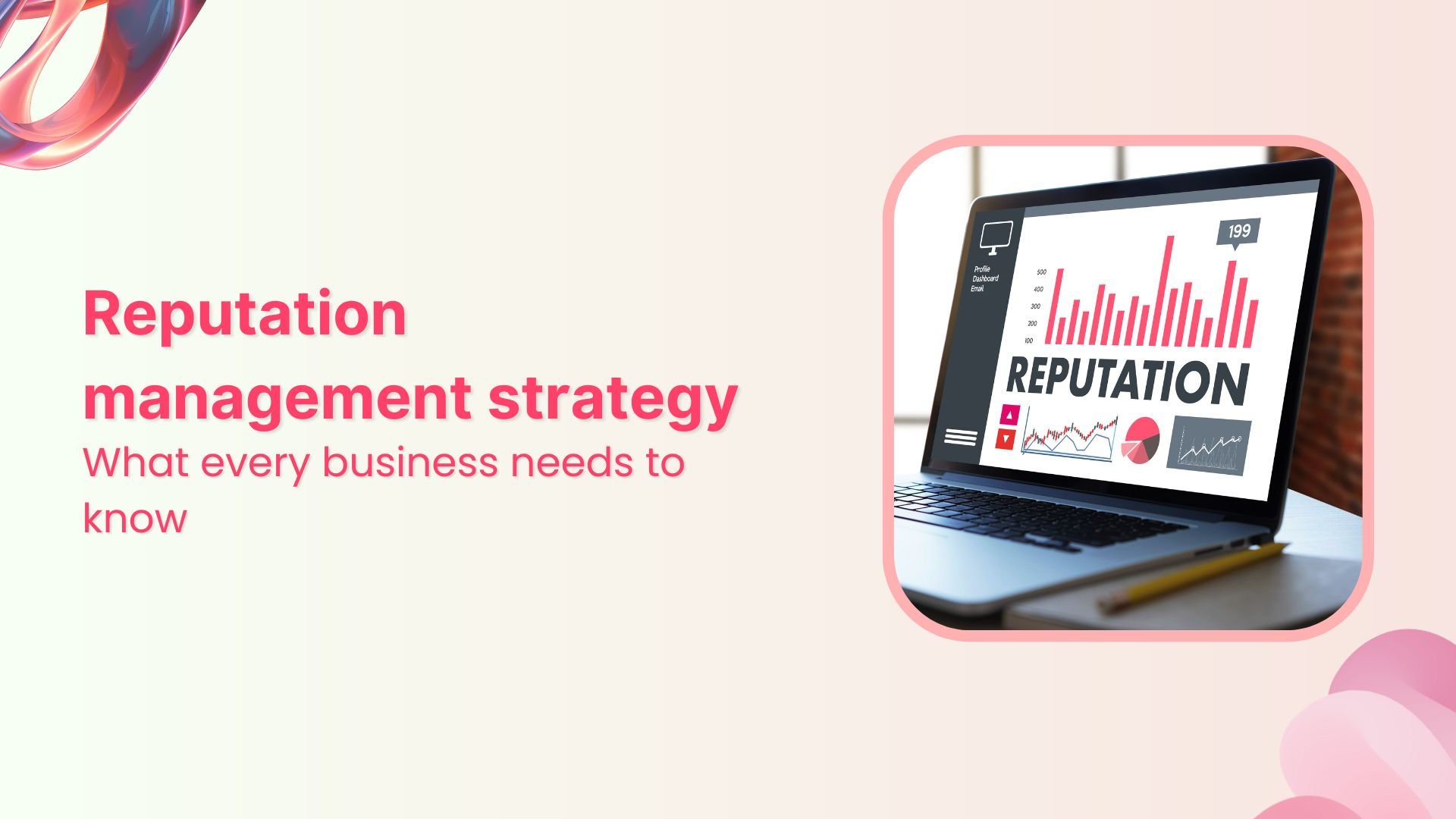
Reputation management strategy in 2026: What every business needs to know


Powerful social media management software
14-day free trial - No credit card required.
